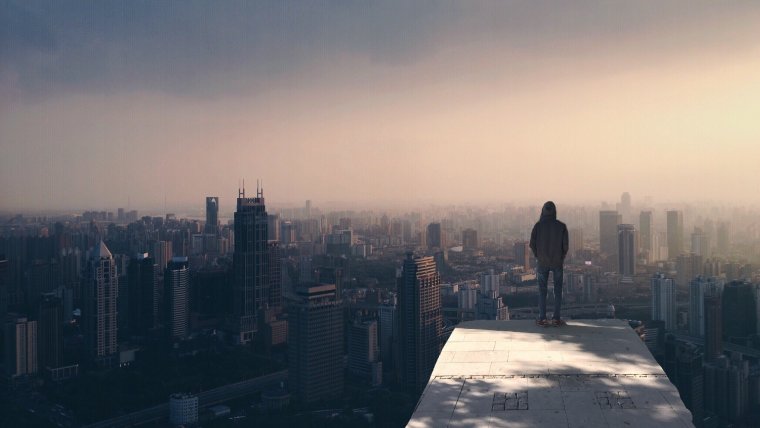
An important factor to photography is not only our background but also our foreground. Foreground can be used in many different ways in your photography by framing your subject, adding texture, and design to an image, which can all lead your eye to your main subject. Foreground can also tell more of the story in your image and pull you into the image.
To some of us photographers, foregrounds can become a little daunting and intimidating because we worry about distractions within an image. This is one factor that I think we can all grow and experiment with in our photographs. Making a foreground work in an image can really create a more artistic photograph altogether and also tell more of a story. Here are a few tips on how to create photographs with a great use of foreground.
Since photography is a two-dimensional art form you will want to add some depth into your image to let your viewer feel as though they can step into the image. Using a foreground will add some depth and dimension to your image. One of the simplest and also important ways to make a foreground work is your knowledge of the depth of field. You can use a shallow or deep depth of field depending on the subject you are trying to photograph. If you are photographing a landscape you will want to keep a deep depth of field if it is a wide-angle shot. What if it’s a telephoto photograph and your image is compressed, such as wildlife photography? In this case, a deeper depth of field could add a little bit of distraction. In this case using a shallow depth of field could frame your image and add some environment without causing distractions.
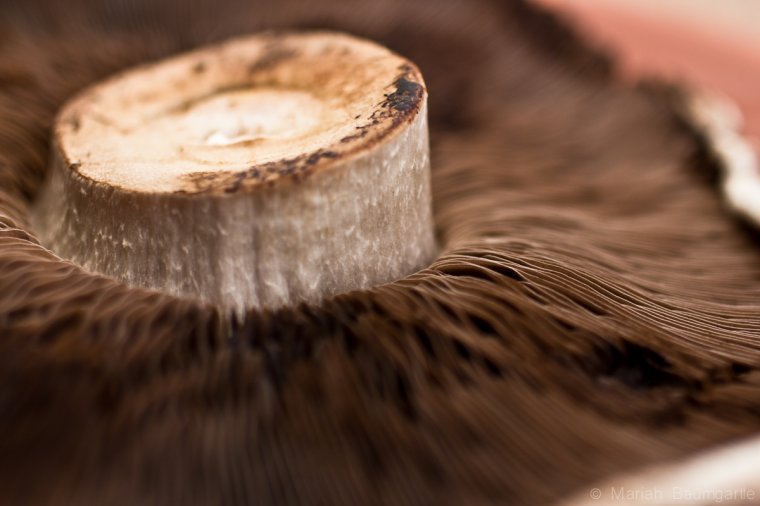
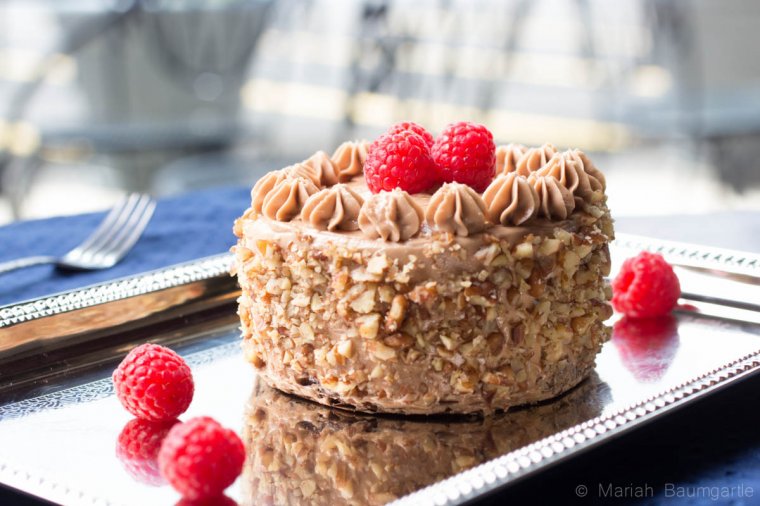
There are different ways to work with a foreground based on your subject. When you are photographing a landscape it can be as the reflection in a pond or body of water from your landscape or image. This is a great way to show mood in your photography. Getting lower in your image will help improve your vanishing point and bring some drama into your image. A popular landscape photography image is a road using the leading lines into your vanishing point and a simple way to show depth in your image.
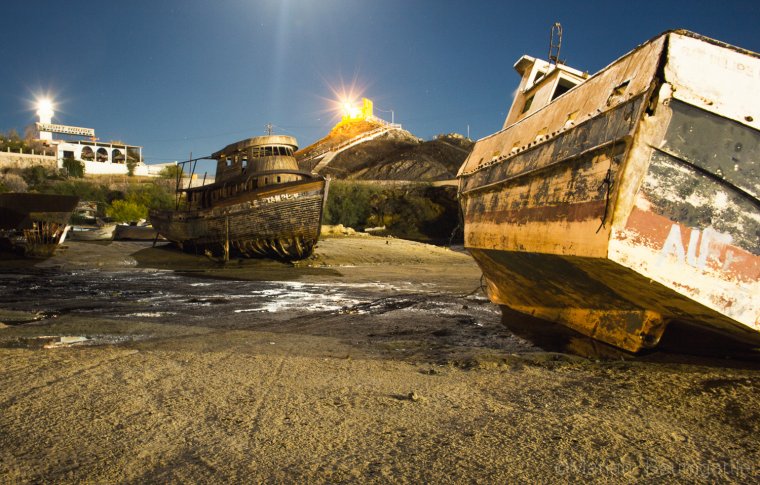
The foreground is most commonly used to frame your subject and works for people and landscapes.For example, if you set your subject behind a bush or tree you can use the leaves or greenery in the foreground to frame your subject’s face. This shows a sense of the environment that you are in, showing not only what is behind of your subject but also in the front. If you use a shallow depth of field this will show the environment without becoming distracting. One popular portrait idea that works with creative foregrounds is to have your subject hold an item out in front of them as a focus point.
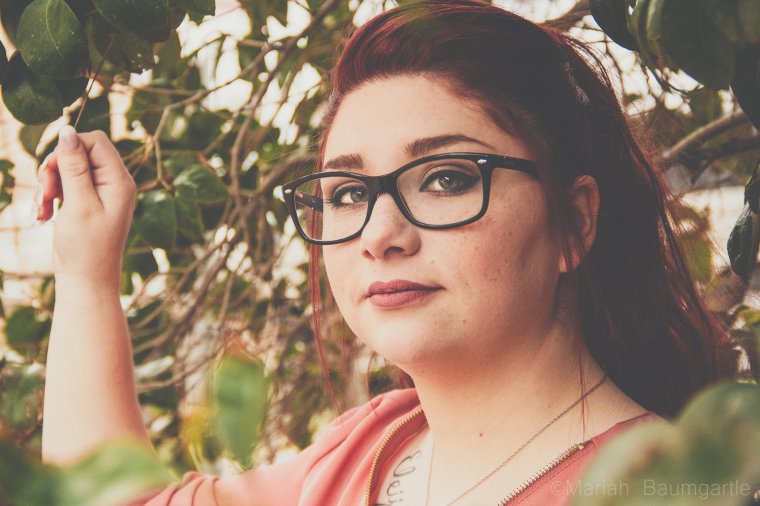
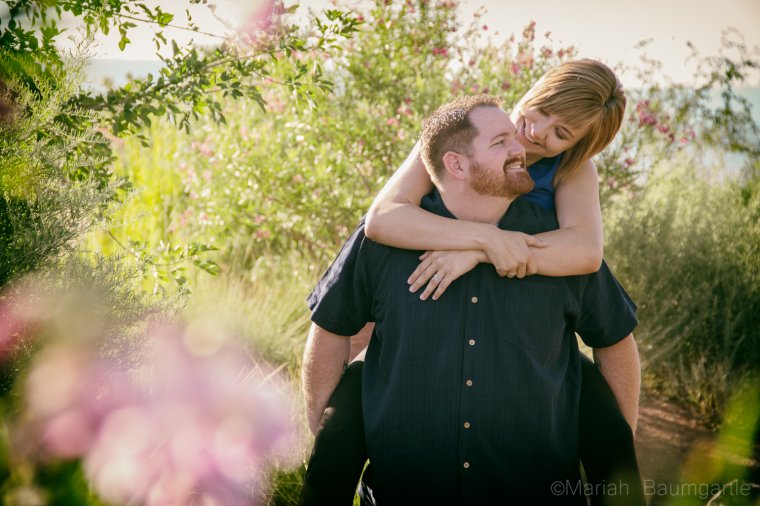
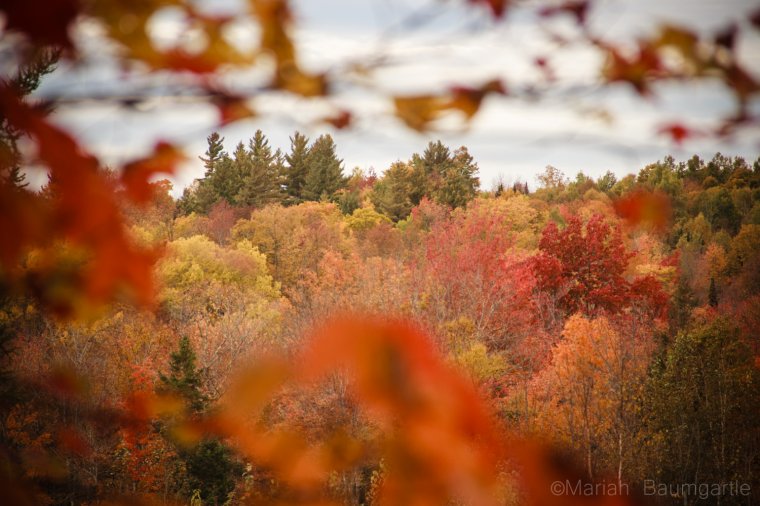
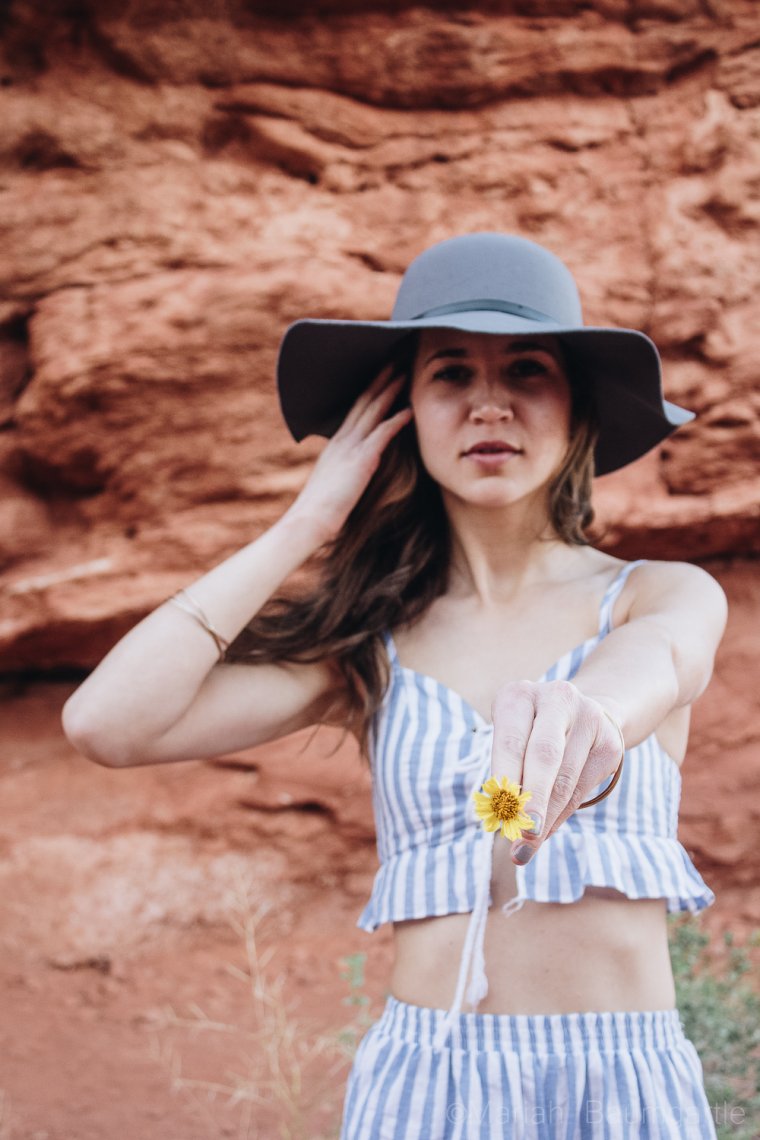
Now that we have talked about foreground and background in our images we want to work all of these factors into one image. The easiest way to think of working with a foreground, middle ground, and background is if you can find three layers in an image. Your foreground doesn’t have to be far away from your subject either, it can be as simple as people walking in the foreground or a glowing sign in front of a building.
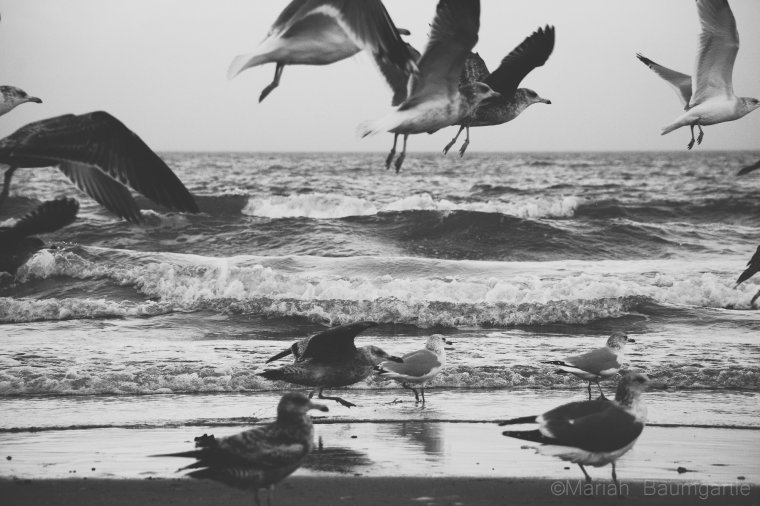
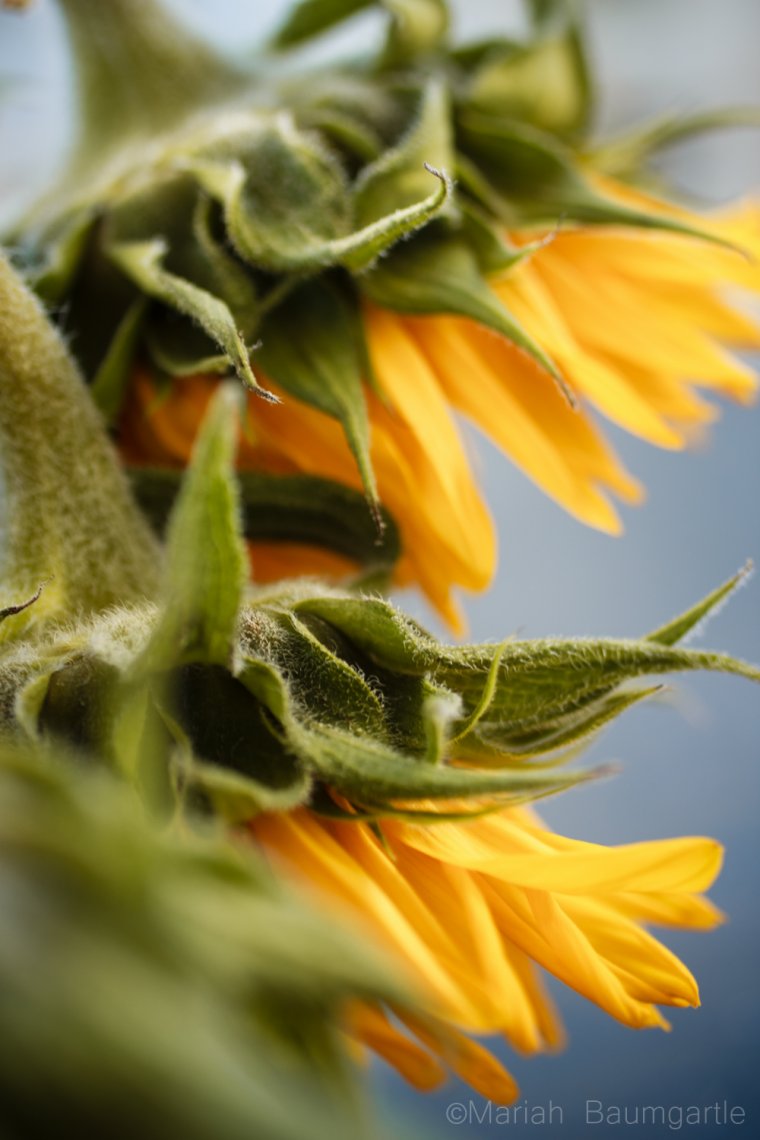
Some ways that your foreground could be distracting is if it’s sharper than your subject. You want to make sure that your focus is still the main point of your image and you have to remember the rules of backgrounds and incorporate that into foregrounds.When we talk about focus we are not only talking about the sharpness but what’s bringing the subject into focus. Make sure your focus point is the sharpest and also the brightest object in your subject. If you have a light background and foreground you can contrast that with a darker color. Objects that are brighter, lighter, or more saturated than your subject tend to become a distraction.

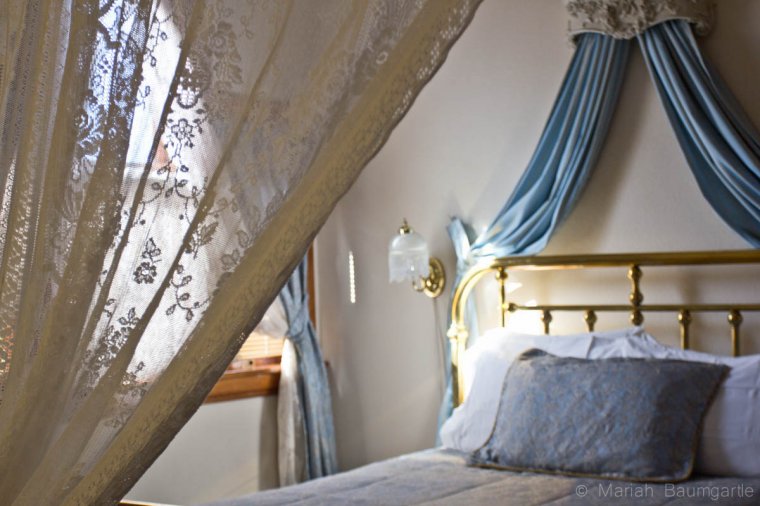
The foreground is not only a good technical skill to have in your photography but also a great way to boost your creativity and bring more oomph into an image.
Comments (0)
There are no comments yet.